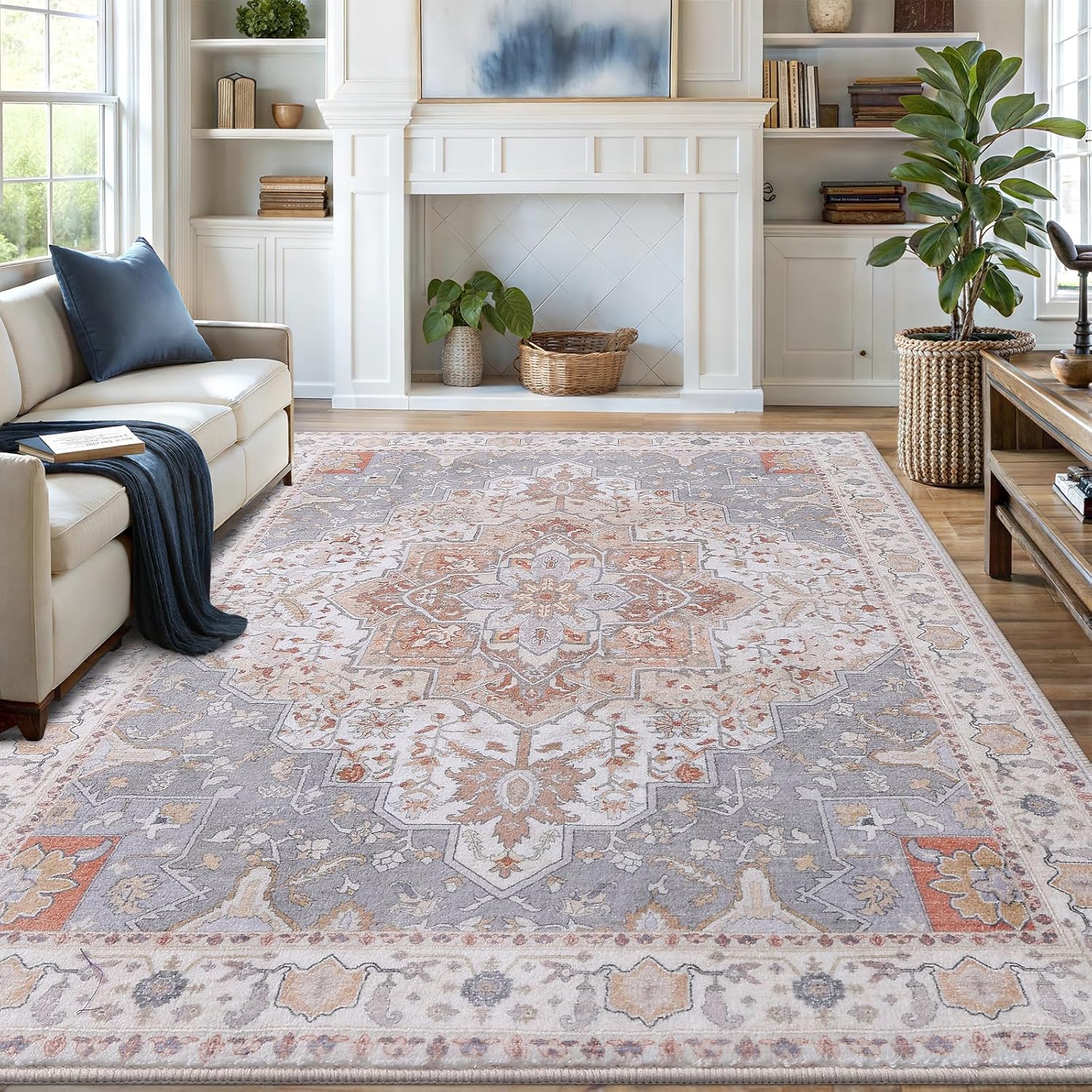Are your marble floors losing their luster and charm? Do you dream of bringing back their stunning, polished look? Look no further! In this comprehensive guide, we will unveil the secrets to reviving and preserving the splendor of your marble floors. From prepping the space to sealing the floors, we’ve got you covered. Say farewell to unsightly stains and welcome a radiant, mirror-like finish.
But wait, there’s more! We’ll also tackle frequently asked questions and offer professional advice on maintaining the pristine condition of your marble floors. So, gather your cleaning supplies and join us on this transformative journey!
How to Clean and Polish Marble Floors for a Shining Finish
Preparing the Area
– Clear the floor of any furniture or objects.
– Sweep or vacuum the floor to remove loose dirt and debris.
– Use a pH-neutral cleaner to remove any stains or spills.
Cleaning the Marble Floors
– Mix a mild detergent with warm water.
– Use a soft mop or microfiber cloth to clean the floor.
– Avoid using abrasive cleaners or scrub brushes that can damage the marble.
Removing Stubborn Stains
– Identify the type of stain (e.g., oil, wine, rust).
– Use a poultice or specialized marble stain remover.
– Follow the instructions on the product and allow it to sit on the stain.
Polishing the Marble Floors
– Choose a marble polish suitable for your floor type.
– Apply the polish using a clean cloth or mop.
– Buff the floor in circular motions to achieve a shiny finish.
Sealing the Marble Floors
– Check if the marble floor needs sealing.
– Select a marble sealer appropriate for your floor.
– Apply the sealer evenly and allow it to dry completely.
Maintaining Marble Floors
– Regularly sweep or vacuum to remove dirt and dust.
– Wipe up spills immediately to prevent staining.
– Use mats or rugs in high-traffic areas to protect the marble.
FAQ
| FAQ 1: | Are there any risks associated with cleaning marble floors? |
| FAQ 2: | Can I use vinegar to clean marble floors? |
| FAQ 3: | How often should I polish my marble floors? |
| FAQ 4: | Can I use a steam mop on marble floors? |
| FAQ 5: | What should I do if my marble floor has scratches? |

Cleaning and Maintaining Marble Floors: A Step-by-Step Guide
1. Mixing a Mild Detergent with Warm Water
To achieve a shining finish on your marble floors, prepare a cleaning solution by mixing a mild detergent with warm water in a bucket. Use a detergent specifically formulated for delicate surfaces like marble, avoiding harsh chemicals or acidic cleaners that can cause damage.
2. Using a Soft Mop or Microfiber Cloth to Clean the Floor
Dip a soft mop or microfiber cloth into the cleaning solution, ensuring to wring out any excess liquid. Gently mop the entire floor, paying extra attention to stains or spills. This method will help remove dirt and grime without scratching the marble surface.
3. Avoiding Abrasive Cleaners or Scrub Brushes
Avoid using abrasive cleaners or scrub brushes when cleaning your marble floors, as they can cause scratches and permanent marks. Stick to gentle cleaning methods and tools to preserve the natural beauty of the marble. Seek professional assistance for stubborn stains that cannot be removed with the mild detergent solution.
| Key Points: |
|---|
| ƒ?› Mix a mild detergent with warm water for a safe cleaning solution. |
| ƒ?› Use a soft mop or microfiber cloth to prevent scratches. |
| ƒ?› Avoid abrasive cleaners and scrub brushes to protect the marble surface. |
By following these simple steps, you can effectively clean and polish your marble floors, leaving them with a shining finish. Regular maintenance and gentle cleaning techniques will help extend the lifespan of your marble floors and keep them looking their best.
Removing Stubborn Stains
Identifying the Type of Stain
To effectively remove stubborn stains from marble floors, it is crucial to identify the type of stain first. This will help determine the most appropriate cleaning method. Common types of stains include oil, wine, and rust.
Using a Poultice or Specialized Marble Stain Remover
Once you have identified the type of stain, you can proceed with using a poultice or specialized marble stain remover. A poultice is a paste-like substance that helps draw out the stain from the marble. Alternatively, you can opt for a commercial marble stain remover specifically designed to tackle stubborn stains.

Vanmoos 6×9 Machine-Washable Area Rug — Artistic Flair / Beige
Low-pile, non-slip rug that minimizes pet hair collection and makes quick cleanup part of your routine.
Affiliate link — may earn a commission at no extra cost to you.
Following the Instructions and Allowing it to Sit
When using a poultice or specialized stain remover, it is crucial to carefully follow the instructions provided by the manufacturer. This ensures optimal results and prevents any damage to the marble surface. After applying the product, allow it to sit on the stain for the recommended duration to allow it to penetrate and break down the stain.
For a better understanding, refer to the table below that summarizes the steps for removing stubborn stains from marble floors:
| Steps | Description |
|---|---|
| Step 1: | Identify the type of stain (e.g., oil, wine, rust). |
| Step 2: | Prepare a poultice or use a specialized marble stain remover. |
| Step 3: | Follow the instructions provided with the product. |
| Step 4: | Allow the product to sit on the stain for the recommended duration. |
By following these steps, you can effectively remove stubborn stains from your marble floors, restoring their natural shine and beauty.

Polishing the Marble Floors
Choosing a Suitable Marble Polish
To achieve a shining finish on your marble floors, select a marble polish that suits your floor type. Consider factors like the finish of your marble (honed or polished) and any specific requirements from the manufacturer. Look for a high-quality marble polish formulated for your type of marble to ensure the best results.
Applying the Polish with a Clean Cloth or Mop
After choosing the right marble polish, begin by thoroughly cleaning the marble surface to remove dirt and debris. Dip a clean cloth or mop into the marble polish, wringing out any excess liquid. Gently apply the polish onto the floor, focusing on one section at a time. Spread the polish evenly without leaving streaks or puddles.
Buffing the Floor for a Shiny Finish
After applying the marble polish, it’s time to buff the floor for that desired shiny finish. Use a clean, dry cloth or a buffing machine with a soft pad. Start buffing the floor in circular motions, applying gentle pressure. This circular motion helps distribute the polish evenly and enhance its effectiveness. Continue buffing until the marble floor regains its natural luster and shines.
| Information |
|---|
| Choose a marble polish suitable for your floor type. |
| Apply the polish using a clean cloth or mop. |
| Buff the floor in circular motions for a shiny finish. |
Remember to follow the instructions provided by the marble polish manufacturer and test the polish on a small, inconspicuous area before applying it to the entire floor. Regularly cleaning and polishing your marble floors will help maintain their beauty and prolong their lifespan.
Sealing the Marble Floors
Checking if the Marble Floor Needs Sealing
- Inspect the surface of the marble floor for signs of wear and tear, such as etching, stains, or water spots.
- Perform a water test by placing a few drops of water on the marble. If the water beads up, the floor is likely already sealed. If it absorbs into the marble, it’s time to seal.
Selecting a Marble Sealer Appropriate for Your Floor
- Consider the type of marble you have, as different types may require specific sealers. Consult the manufacturer’s recommendations or seek professional advice.
- Choose between penetrating sealers, which seep into the marble to provide long-lasting protection, or topical sealers, which create a protective layer on the surface.
- Opt for a sealer that offers stain resistance, durability, and breathability to allow moisture vapor to escape.
Applying the Sealer Evenly and Allowing It to Dry Completely
- Thoroughly clean the marble floor using a pH-neutral cleaner, ensuring all dirt and debris are removed.
- Apply the sealer following the manufacturer’s instructions, using a brush, roller, or sprayer depending on the product.
- Work in small sections, spreading the sealer evenly and avoiding puddles or excess buildup.
- Allow the sealer to dry completely before walking on the floor or placing any furniture back in the area. This drying time may vary depending on the sealer used.
To ensure the longevity and beauty of your marble floors, regular maintenance and resealing may be necessary. Consult the manufacturer’s guidelines or seek professional assistance for specific recommendations based on your marble type and usage.
| Benefits of Sealing Marble Floors | Tips for Maintaining Sealed Marble Floors |
|---|---|
|
|
By following these steps and properly sealing your marble floors, you can enjoy a long-lasting, shiny finish that adds elegance to your space while protecting the natural beauty of the marble.
Conclusion
In conclusion, proper care and maintenance of marble floors are crucial for preserving their beauty and longevity. By following the step-by-step guide provided, you can effectively clean, remove stains, polish, and seal your marble floors. It is important to use pH-neutral cleaners, avoid abrasive tools, and regularly maintain your floors to prevent damage and ensure they always look their best.
By investing time and effort in the upkeep of your marble floors, you can enjoy their elegance and aesthetic appeal for many years to come.
Faq about How to Clean and Polish Marble Floors for a Shining Finish
FAQ 1: Are there any risks associated with cleaning marble floors?
Using the wrong cleaners or tools can damage the marble. Improper cleaning techniques can lead to dullness or discoloration.
FAQ 2: Can I use vinegar to clean marble floors?
Vinegar is acidic and can etch the surface of marble, so it is not recommended.
FAQ 3: How often should I polish my marble floors?
It is recommended to polish marble floors every 6-12 months, depending on foot traffic.
FAQ 4: Can I use a steam mop on marble floors?
Steam mops can cause moisture damage and should not be used on marble floors.
FAQ 5: What should I do if my marble floor has scratches?
Minor scratches can be buffed out with a marble polishing powder, while deeper scratches may require professional restoration.

